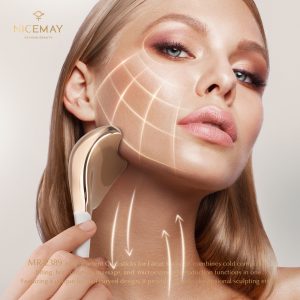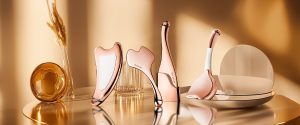“Lymphatic drainage” sounds like something you’d hear in a med spa brochure. But it’s not as intimidating as it sounds. The lymphatic system is your body’s natural detox network—a series of vessels that carry away waste, excess fluid, and toxins from tissues.
When this system slows down (think stress, lack of sleep, salty food, or gravity itself), fluids can pool under the skin, leaving your face looking puffy, tired, and dull. Lymphatic drainage massage helps kick-start that flow again—gently encouraging fluid to move through your lymph nodes and back into circulation.
Why Your Face Gets Puffy (and It’s Totally Normal)
Facial puffiness isn’t always about bad habits—it’s often about biology.
Your face has over 40 small muscles and a delicate web of capillaries and lymphatic vessels. When circulation slows (from lack of sleep, hormones, or dehydration), your lymph system can’t flush out the “leftovers” efficiently.
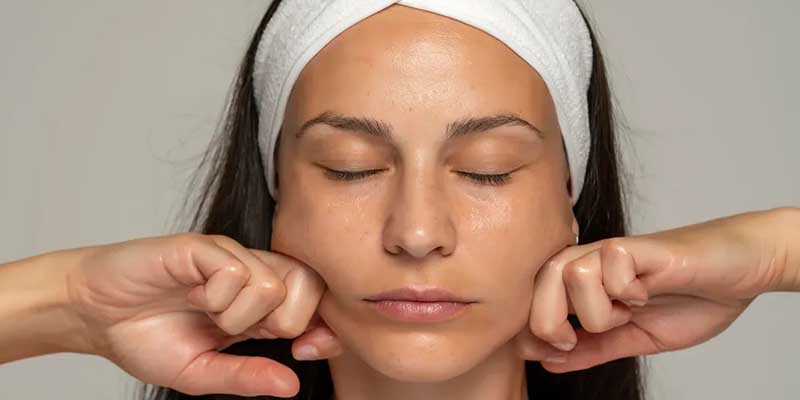
Common triggers include:
- High-sodium meals
- Sleeping face-down or on one side, which compresses circulation.
- Screen time—looking down at your phone can subtly restrict facial drainage.
- Allergies and stress, which cause inflammation and fluid retention.
But you can undo a lot of this puffiness naturally—with your hands and a few well-designed tools. Studies show that manual lymphatic drainage can:
- Reduce facial swelling and under-eye puffiness
- Improve skin elasticity and complexion brightness
- Promote microcirculation, bringing oxygen and nutrients to the skin
- Enhance the absorption of skincare products
That’s why many pro facialists finish treatments with this technique—and why beauty lovers are now doing it at home.
Step-by-Step: How to Do Lymphatic Drainage Face Massage at Home
Step 1: Prep Your Skin
Start with clean, slightly damp skin. Apply a thin layer of facial oil or serum (like one with squalane or jojoba) to help your hands or tools glide easily.
Step 2: Begin at the Neck
Always drain down first. Use both hands to make small outward and downward strokes from under your ears toward your collarbone. This “clears the path” for facial drainage.
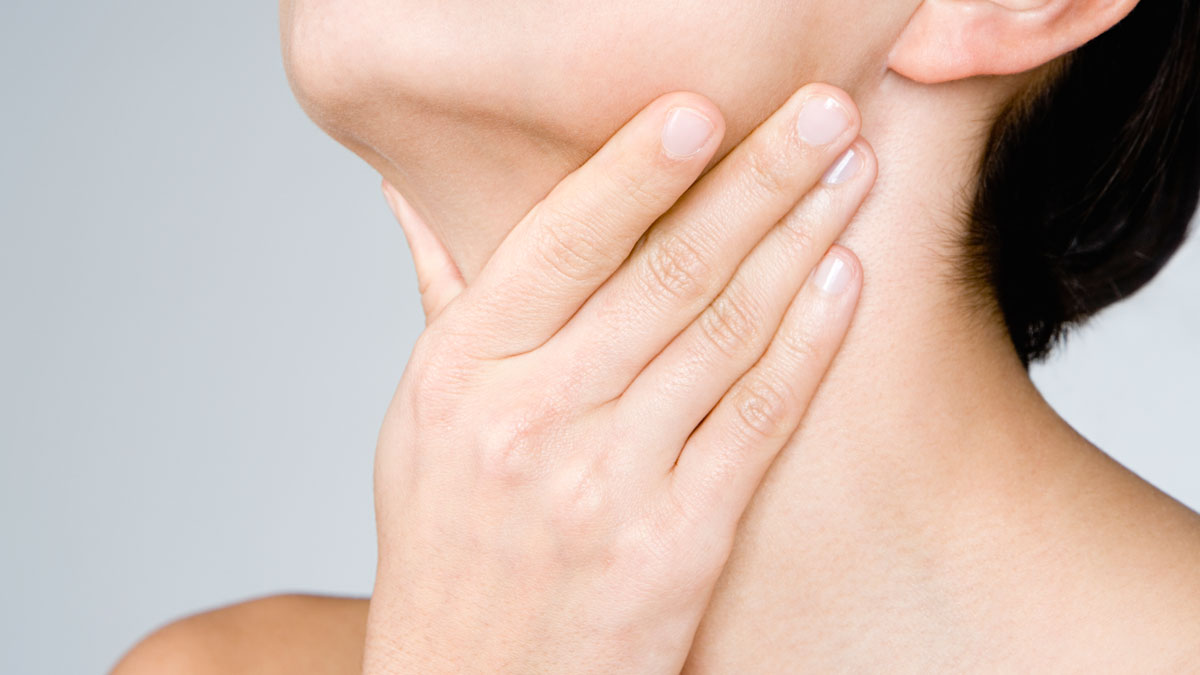
Step 3: Cheeks and Jawline
Using your fingertips or a jade roller, sweep from the center of your chin along the jawline toward your ear. Repeat 5–10 times on each side.
If you prefer tools, a gua sha stone can contour the jaw beautifully when used with soft pressure.
Step 4: Under the Eyes
This is where gentle really means gentle. Using your ring fingers, glide from the inner corner of the eye out toward the temple, then down toward the neck. Avoid pressing too hard—you’re moving lymph, not stretching skin.
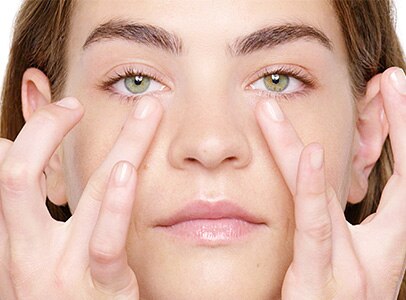
Step 5: Forehead and Brow Area
Sweep from the center of your forehead out toward the temples, then down the sides of your face. This helps move fluid away from the upper face toward the main drainage points near your ears.

Step 6: Finish With the Neck Again
Repeat Step 2 for a final downward flush. You might notice your face looking slightly more lifted, less puffy, and fresher.
Tools That Make the Process Easier
You can absolutely do lymphatic drainage with your hands—but using tools can make it smoother, and more precise.
Popular choices include:
- Jade roller: Great for beginners and soothing puffiness.
- Gua sha: Slightly more advanced, helps sculpt and lift facial contours.
- Microcurrent facial device: Works deeper by stimulating muscle tone and boosting circulation.
Microcurrent vs Manual Massage: What’s the Difference?
| Technique | How It Works | Best For | Results Timeline |
|---|---|---|---|
| Manual Lymphatic Massage | Stimulates surface lymph flow using light pressure | Puffiness, water retention | Immediate (temporary) |
| Microcurrent Device | Sends low-level electrical impulses to tone muscles & boost circulation | Sagging skin, dullness, facial contouring | Gradual (2–4 weeks) |
| RF (Radio Frequency) | Uses heat to stimulate collagen in deeper layers | Firmness, wrinkle reduction | Cumulative over time |
Manual massage is like a morning yoga stretch for your face.
Microcurrent, on the other hand, is more like a targeted workout, strengthening the “invisible” muscles that keep your skin lifted.
How Often Should You Do It?
- Manual massage: 3–5 times per week is perfect, especially in the morning.
- Microcurrent or RF devices: 2–3 times a week for best results.
- Hydration and rest: Daily—your lymph system depends on it!
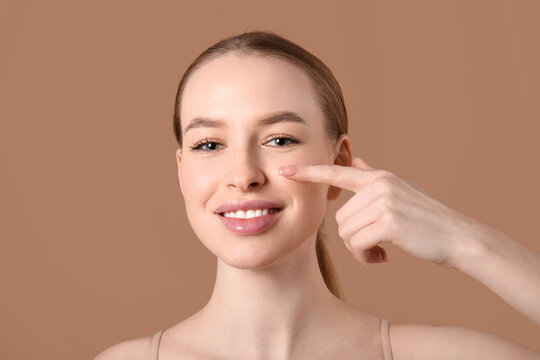
Mistakes to Avoid
- Pressing too hard. This can bruise or inflame skin. Gentle strokes work best.
- Skipping the neck. If you don’t clear drainage pathways, fluid has nowhere to go.
- Dry skin contact. Always use oil, gel, or serum to prevent tugging.
Lymphatic drainage face massage isn’t a quick fix—it’s a ritual that keeps your skin in motion. Whether you do it with your fingers, a jade roller, or a microcurrent beauty tool, what matters most is consistency and mindfulness.
If you’re curious to explore professional-grade beauty tools you can use at home—or if you’re a brand looking to expand your skincare device line—
✨ contact us to learn more about our OEM facial sculpting and microcurrent device solutions.

